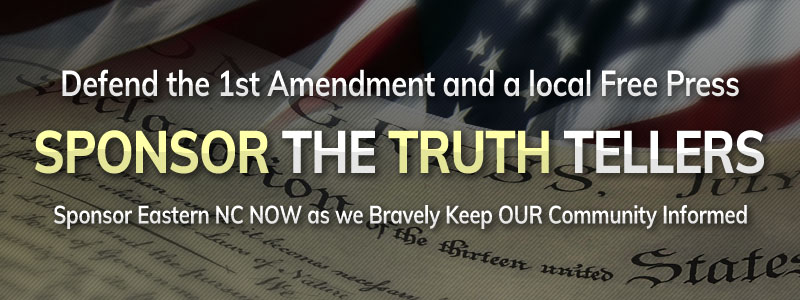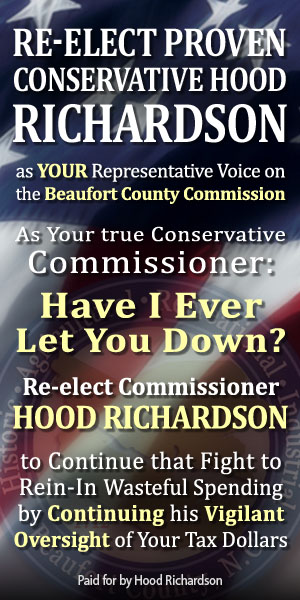Publisher's note: This article appeared on John Hood's daily column in the Carolina Journal, which, because of Author / Publisher Hood, is linked to the John Locke Foundation.
John Hood is chairman of the John Locke Foundation.
RALEIGH As a longtime observer of the North Carolina legislature, I have a pet peeve: lawmakers, lobbyists, and reporters alike focus too much attention on the General Fund of the state budget, those expenditures funded largely by state taxes on incomes and retail sales.
The General Fund is certainly important. It includes education, Medicaid, and a host of other programs that employ tens of thousands and affect millions of people. The General Fund also contains lots of money. In the spending plan just signed into law by Gov. Pat McCrory, the General Fund budget is authorized at $21.7 billion in the current fiscal year (2015-16) and $21.9 billion in 2016-17.
But the state's actual budget is much bigger. It includes federal funds, transportation funds, unemployment compensation, and other pots of money. Last year, it totaled nearly $52 billion. I haven't seen authoritative figures for the 2015-16 and 2016-17 budgets, but they'll be well north of that.
My peeve is not simply about accurate accounting. Looking at the budget as a whole puts headline-grabbing disputes in their proper context. For example, anyone looking objectively at the work of the 2015 General Assembly — both in its budget and in a related bill to authorize $2 billion in construction bonds — would conclude that a major theme of the session was a massive increase in state expenditure on public capital.
Start with transportation. This year, lawmakers finally ended a decades-old transfer of $216 million a year in gas-tax revenue from the Highway Fund to the General Fund, where it paid for operating the Highway Patrol among other things. Lawmakers combined that with additional revenue from car registrations and other motorist fees to fund one of the largest increases in transportation funding in modern North Carolina history.
I'll be more specific. The new budget increases state spending on bridge repairs and construction by 58 percent over two years, to $242 million in 2016-17. It increases state spending on road resurfacing by 22 percent, to $498 million. It adds another $68 million over two years to other road maintenance and resurfacing programs, plus $337 million to new-highway construction financed by the Highway Trust Fund. The budget also funds tens of millions of dollars worth of renovations and service improvements at airports and seaports.
Now look elsewhere. The new state budget contains $23 million in specified construction projects, plus a net of $150 million earmarked for other repairs and renovations. And it doesn't even contain the potential debt service on the $2 billion in bonds that legislators seem poised to recommend to voters for a March 2016 referendum.
At last count, the bond package would fund nearly $1.1 billion in science, math, and other buildings at University of North Carolina campuses, $350 million in construction and renovation projects at community colleges, $310 million in local water and sewer projects, a $94 million expansion of state research and testing laboratories, a $70 million upgrade of state armories, and a $100 million upgrade of state parks and the North Carolina Zoo, plus a few other projects.
To describe the budget and bond actions of the legislature this year as anything less than a massive building boom would be to misstate the obvious and mislead the taxpayers. McCrory and most lawmakers have concluded that state and local governments' physical assets — their roads, bridges, water systems, and buildings — are in a woeful state of disrepair and inadequate to the demands of a rapidly growing population. So they are placing a high fiscal priority on tackling the problem.
I don't favor some of the projects in the bond package. In general, however, I agree with this year's emphasis on public capital — particularly because it follows years of neglect of the state's physical plant (understandable during recessionary budget deficits, by the way) and will be accompanied by additional tax relief (to encourage private capital investment) and
additional state savings (to guard against neglect during future recessions).
In other words, North Carolina's leaders are building the foundations for long-term growth. That's the story of the 2015 session.


























